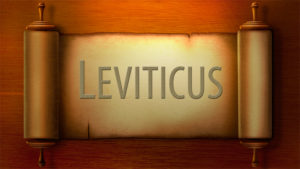 This week I am going to deal with the subject of Yom Kippur as recorded in Leviticus 16 and 17. We will leave the subject of “clean and unclean” for the moment. Yom Kippur has an extremely important message for all believers.
This week I am going to deal with the subject of Yom Kippur as recorded in Leviticus 16 and 17. We will leave the subject of “clean and unclean” for the moment. Yom Kippur has an extremely important message for all believers.
Yom Kippur occurs on the tenth day of the seventh month. On the tenth day of the first month the Passover Lamb was separated from the flock. It would be slaughtered on the 14th day for the Passover sacrifice. Now exactly seven months later, two goats were taken from the herd and presented to the priest.
“And he shall take from the congregation of the sons of Israel two male goats for a sin offering and one ram for a burnt offering.” (Leviticus 16:5)
After making a sin offering for himself, Aaron, the high priest, presented the two goats before the Lord.
“And he shall take the two goats and present them before the Lord at the doorway of the tent of meeting. And Aaron shall cast lots for the two goats, one lot for the Lord and the other lot for the scapegoat.” (Leviticus 16:7-8)
The goat for the sin offering was slaughtered and the blood sprinkled on the place of covering (the mercy seat) and in front of the mercy seat.
“Then he shall slaughter the goat of the sin offering which is for the people, and bring its blood inside the veil, and do with its blood as he did with the blood of the bull, and sprinkle it on the mercy seat and in front of the mercy seat.” (Leviticus 16:15)
Next he would deal with the scapegoat (goat of removal).
“Then Aaron shall lay both of his hands of the head of the live goat, and confess over it all the iniquities of the sons of Israel, and all their transgressions in regard to all their sins, and he shall lay them on the head of the goat and send it away into the wilderness by the hand of a man who stands in readiness. And the goat shall bear on itself all their iniquities to a solitary land; and he shall release the goat in the wilderness.” (Leviticus 16:21-22)
There are two different types of offering being made. The blood of the goat that was the sin offering provided a covering for the tent of meeting (because it sat in the midst of the impurities of the sons of Israel), as well as providing a covering for the sins of the people. This was for transgressions that had been committed during the year since the previous “day of atonement.” The word for sin is “chatah”. On the other hand, their iniquities (ahon) were confessed over the head of the goat of removal. This refers to the tendency of the sons of Israel to sin. Therefore, they confessed that their sins committed during the past year were covered and that their tendency to sin was being removed from them for the year to come. This was an awesome faith statement. If we are living a crucified life and walking in the Spirit we can believe that not only is our sins being covered but God is removing our tendency toward sin. Some would call this sanctification.
We readily understand that the sins of the people needed to be covered for them to continue to live in relationship with God. But why did the tent of meeting require a covering? Because the tent stood in the midst of the people of Israel, it was considered somewhat defiled and hence needed a covering. As believers we should recognize that the tent of meeting is a type for the church. The invisible church also rest in the midst of God’s people and therefore requires a covering.
One final thought on this subject. The mechanism of atonement is stated in Leviticus 17:11.
“For the life of the flesh is in the blood, and I have given it to you on the altar to make atonement for your souls, for it is the blood by reason of the life that makes atonement.” (Leviticus 17:11)
The currency in the Kingdom of God is life expended. Paul declared that the wages of sin is death. The only covering for our sins is Jesus’ life poured out on the cross. In this manner the Bible declares that all have been justified to life. (Romans 5:18)
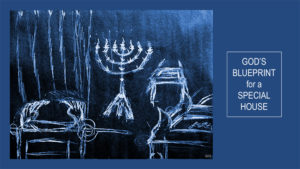
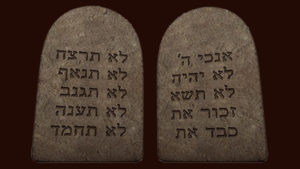 God spoke what we call the “Ten Commandments” in the hearing of all of Israel. The people were terrified and requested that Moses hear from God on their behalf. So God gave the more detailed commandments to Moses who then relayed them to Israel. According to Rabbinical reckoning, there are 613 commandments. These commandments define what I will call a “Biblical lifestyle” for God’s people.
God spoke what we call the “Ten Commandments” in the hearing of all of Israel. The people were terrified and requested that Moses hear from God on their behalf. So God gave the more detailed commandments to Moses who then relayed them to Israel. According to Rabbinical reckoning, there are 613 commandments. These commandments define what I will call a “Biblical lifestyle” for God’s people.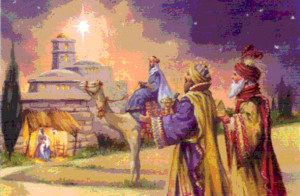 We are approaching that time of year when Christians and non-Christians alike participate in the celebration of the holiday called Christmas. According to Christian tradition, it is the day on which the Messiah was born. Is this day truly the birthday of the Messiah? Are we commanded to celebrate His birth?
We are approaching that time of year when Christians and non-Christians alike participate in the celebration of the holiday called Christmas. According to Christian tradition, it is the day on which the Messiah was born. Is this day truly the birthday of the Messiah? Are we commanded to celebrate His birth? 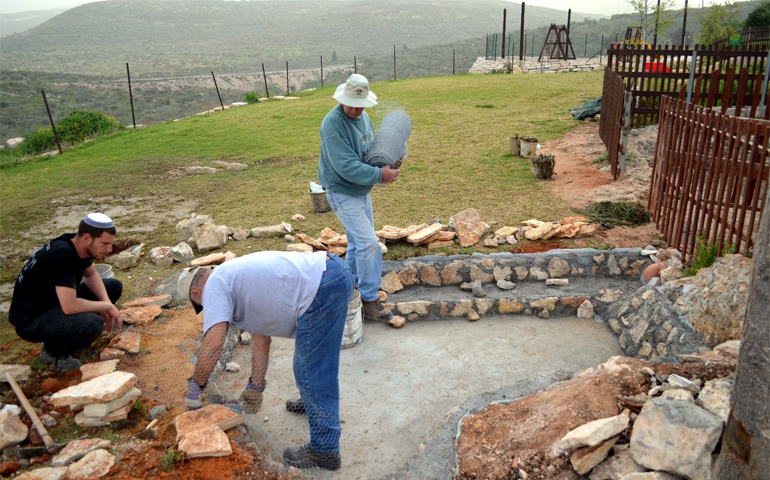 We at Fellowship Church believe that it is the responsibility of the local church to encourage Jewish life throughout Israel, and especially in Jerusalem, Judea and Samaria, Israel’s Biblical heartland.
We at Fellowship Church believe that it is the responsibility of the local church to encourage Jewish life throughout Israel, and especially in Jerusalem, Judea and Samaria, Israel’s Biblical heartland.